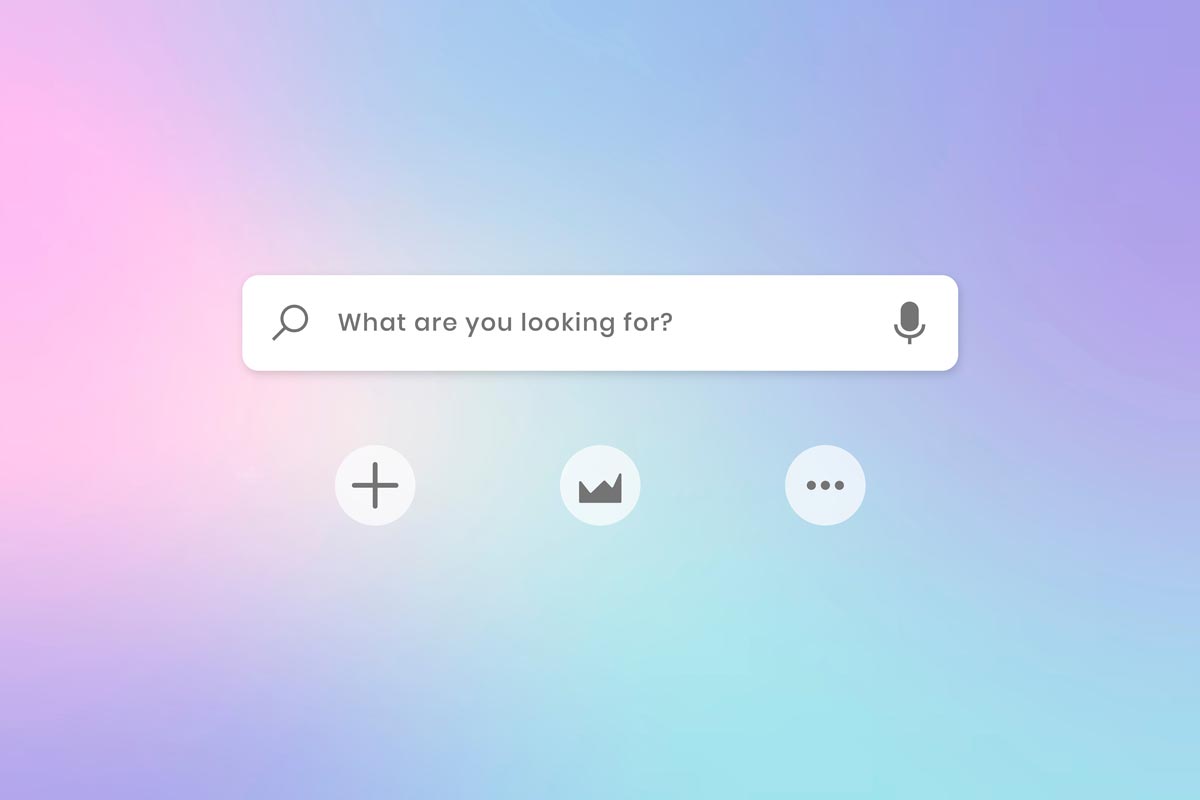It’s 2137 BC. A warrior tribe comes across a gatherer tribe. Gatherers try to explain who they are. Warriors don’t understand their gibberish.
“Let’s kill them”, the Chief says. “Better safe than sorry”.
Inability to communicate ended in a disaster.
Scenario two: Both tribes speak the same language. Gatherers explain that they need protection. Warriors explain they need more food. The clans decide to strike a bargain for mutual benefit.
Since the dawn of civilization, being able to communicate has been our imperative!
And we’ve been doing a pretty good job, give or take.
But one moment changed everything:
We invented the Machine.
The Inventors obviously knew how to talk to the Machine. At first, nobody even knew about it. As time passed, however, we started relying on machines more.
So we created manuals on how to operate them.
But, the Machine started becoming more sophisticated. One breakthrough after another, it was becoming hard to keep track of all the tools available for humanity. And even harder to learn the complexities of how machines worked.
Yet, we started putting machines everywhere. The fields, our homes, our businesses in later years. And machines came in all shapes and sizes. Transportation vehicles, long distance communication devices, entertainment gadgets, they were everywhere.
Even in our pockets.
Soon enough, we couldn’t live without them. And they’ve become so advanced that we started having hard times giving them instructions.
That’s why we built interfaces. They were supposed to help us communicate what we wanted from them.
For hardware: Handles, wheels, levers, buttons.
For software: Code, keyboards and mice, monitors.
But you had to be a professional at your respective field in order to give the machine an instruction. How is an everyday person supposed to tell a machine what they had in mind?!
This problem particularly became painful in the retail industry, specifically ecommerce. The amount of items available in any online store is overwhelming. Intuitively, people apply filters, go through categories, but still end up browsing forever, unable to express what they’re looking for.
That’s why Wordless Search was built.
The latest Human to Computer Interface for online shopping. In simpler words: “Computers can now understand what Humans are saying.” Because they usually don’t. They don’t understand words, feelings, or thoughts. Only 1’s and 0’s.
An interface was needed that can understand what humans are saying, feeling and thinking. And then translate that into a language a Computer will understand.
That’s what Wordless Search is. Here’s an example.
Wordless search is a brand new way for people to search online, for hard-to-describe visual products. It’s a combination of a Visual AI and an AI-based product search and discovery platform.
The AI recognizes browsing patterns of every individual shopper, and curates what they see into a uniquely customized product feed, different for every consumer, taking personalization to the next level.
The more a person scrolls and clicks on items they’re interested in, the closer the AI is to surfacing exactly the type and style of garments the person is looking for. It’s able to read and understand the intent behind a person’s activity on a website and mirror what they’re thinking with items it’s showing.
Wordless Search is the AI that reads people’s minds. At least it leaves people feeling like it. Using it, a person is able to find the exact item they were looking for, in 60 seconds or less.
The secret behind the AI and the Wordless search is in the data. Unlike Wordless search, most tools rely on existing metadata associated with the item in the picture. If someone’s labeling a dress, they might list the following labels: dress, gown, red, no sleeve, open back, Gucci.
Therefore, when you search for a dress and type Gucci in the search bar, you might come across this red dress.
But what happens if you want to find an elegant dress, or an evening dress, or a provocative dress, or any other word you can use to describe it.
It’s nearly impossible.
On the other hand, Wordless search relies on the actual picture and nothing else. The AI perfectly understands what’s in the picture, as well as to what extent. It assigns thousands of attributes to the picture and the degree to which that item can be described with that word. So a red dress might be 83% elegant, 77% evening, 63% cocktail dress, 12% business casual, 43% open back, etc.
Endlessly computing during each millisecond of a person’s browsing session, with almost perfect accuracy, the AI assumes what they’re looking for and keeps putting items in front of that person, until the item is found.
There’s no technology out there that can perfectly predict what a person might do and whether they’ll buy. We humans are still far too complex for that. But now, there is a search function that allows retailers to put highly relevant products in front of their customers and increase the chances of both the shopper finding what they’re actually interested in, and the retailer selling more products.
If you’d like to learn more about Wordless Search, please book a demo!




